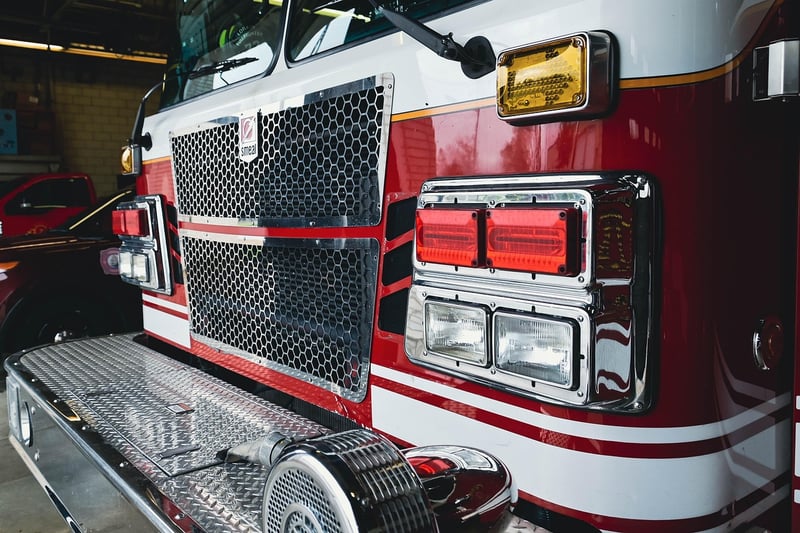Emergency Protocols
Stay Safe on Adventures: Emergency Protocols
Embarking on adventures can be thrilling, but it's crucial to prioritize safety. Whether you're hiking in the mountains, camping in the wilderness, or exploring new cities, being prepared for emergencies is essential. Here are some key emergency protocols to keep in mind:
1. Plan Ahead
Before setting off on any adventure, make sure to research your destination, understand the local terrain and climate, and familiarize yourself with emergency contacts and facilities in the area.
2. Pack Wisely
Carry essential items such as a first aid kit, emergency blanket, flashlight, multipurpose tool, extra food and water, navigation tools, and a fully charged phone with emergency numbers saved.
3. Share Your Itinerary
Inform a trusted person about your travel plans, including your route, expected return time, and contact information. This ensures that someone knows where you are in case of an emergency.
4. Stay Informed
Check weather forecasts, trail conditions, and any potential risks before starting your adventure. Stay updated on local news and advisories to avoid unexpected hazards.
5. Emergency Communication
If you find yourself in an emergency situation, stay calm and assess the situation. Use your emergency whistle, signal mirror, or phone to call for help. If possible, provide clear details of your location.
6. First Aid Basics
Having knowledge of first aid can be a lifesaver. Learn basic first aid techniques such as CPR, treating wounds, and managing common outdoor injuries to assist yourself and others in need.
7. Stay Put If Lost
If you get lost, stay in one place to help rescuers locate you easily. Use bright clothing or markers to make yourself more visible. Avoid wandering aimlessly, as it can make it harder for rescuers to find you.
By following these emergency protocols and staying prepared, you can enjoy your adventures with confidence, knowing that you are equipped to handle unexpected situations. Remember, safety should always come first!

For more tips on adventure safety and emergency preparedness, visit AdventureSafetyTips.com.
